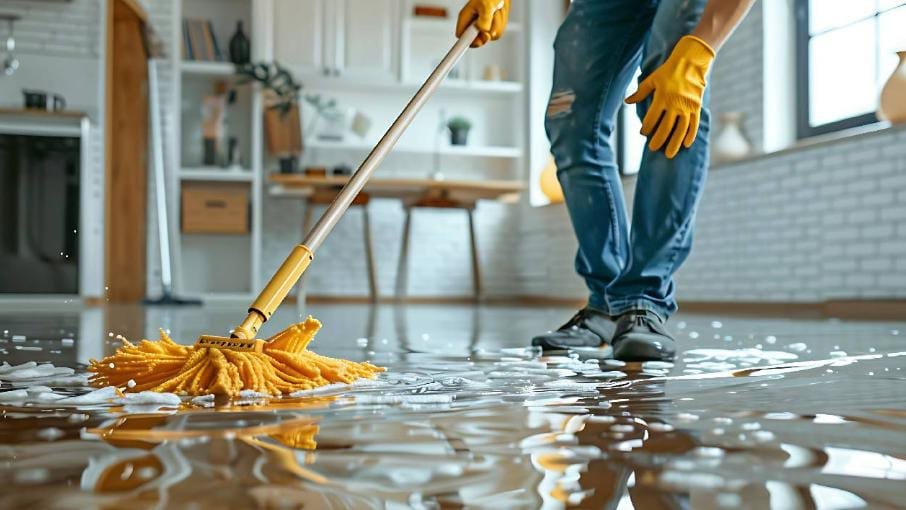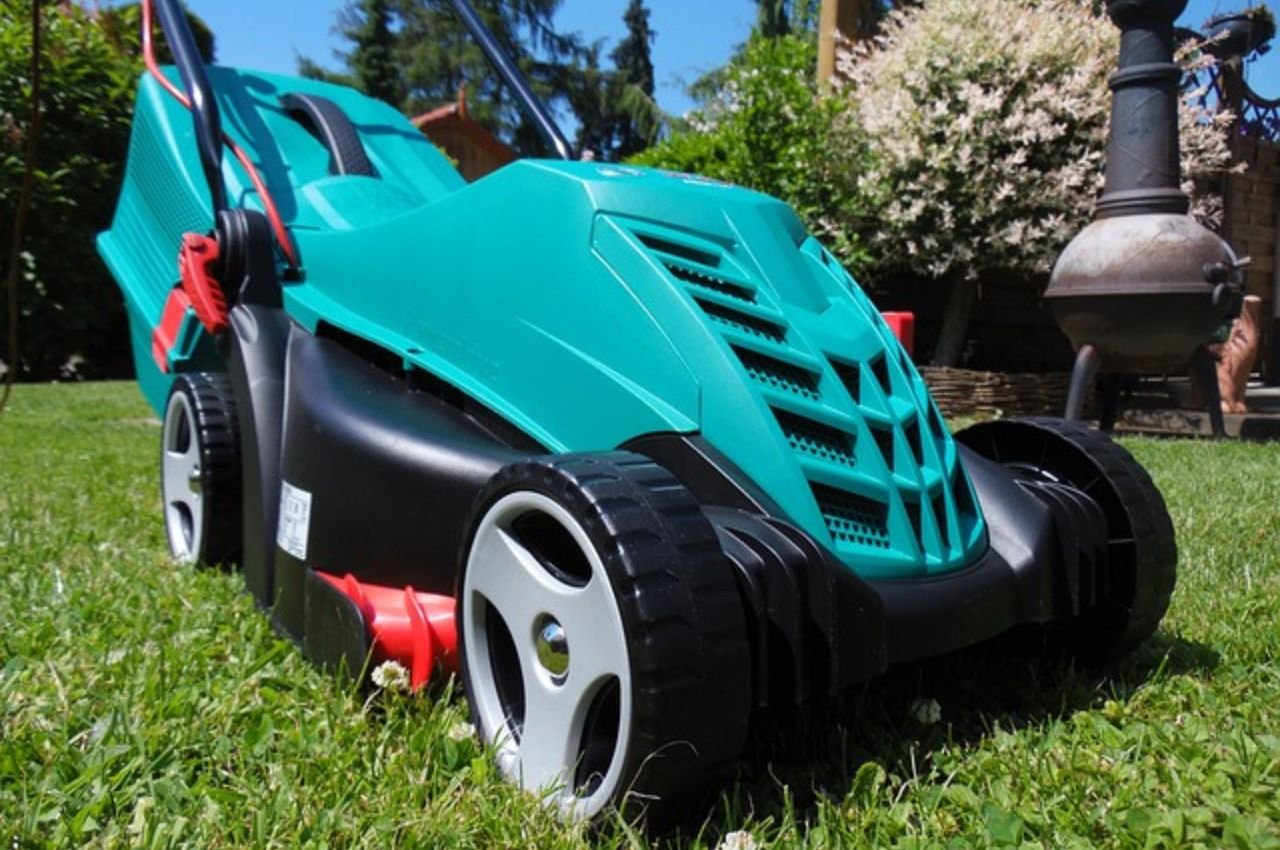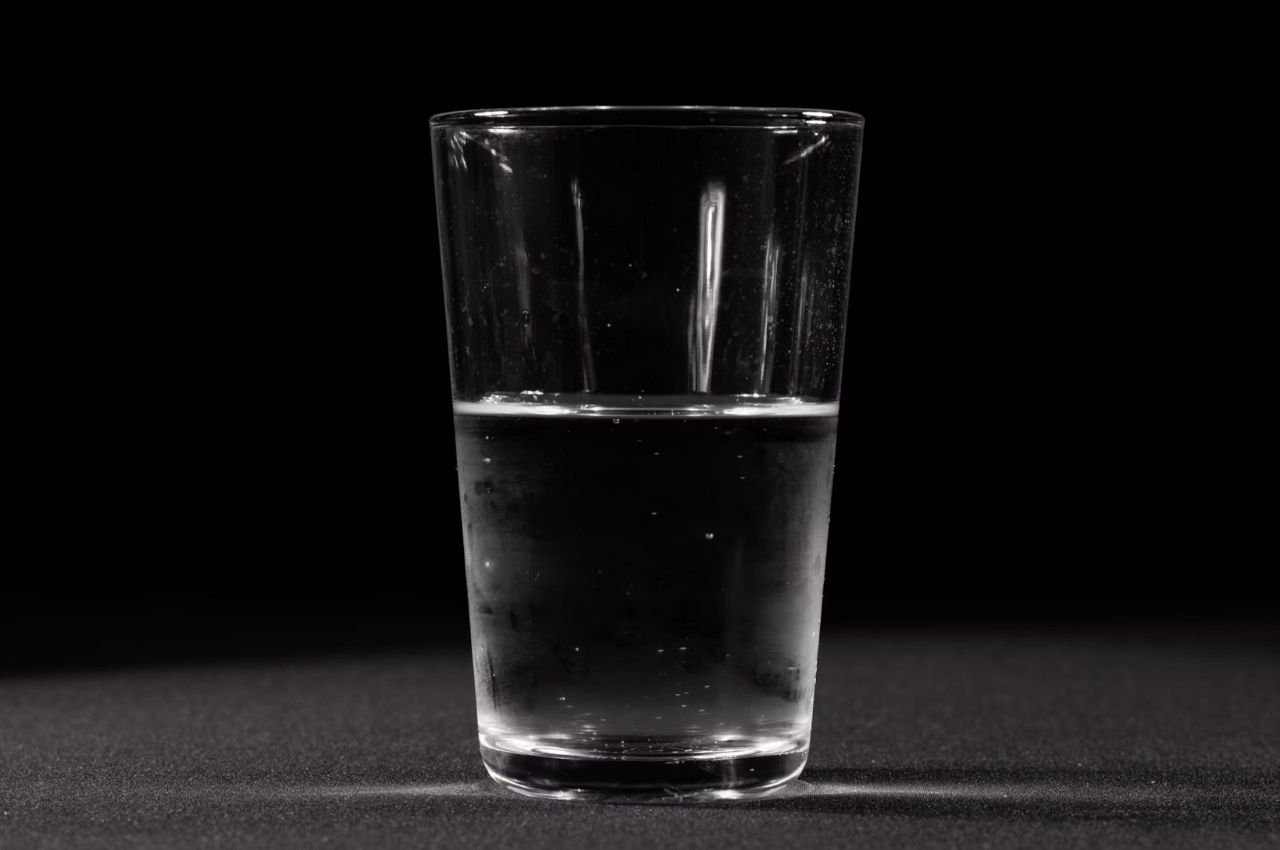Water damage is a pressing concern for many Floridians, particularly in areas prone to storms, flooding, or even plumbing mishaps. Whether it’s a minor leak or significant storm damage, addressing water damage promptly and effectively is crucial to protect your home and ensure the safety of your loved ones. This article will explore the best methods for water damage cleanup, specifically tailored for residents in Florida.
Understanding Water Damage
Water damage can stem from various sources: heavy rain, hurricanes, flooding, or internal issues like burst pipes or appliance leaks. In Florida, the hurricane season runs from June to November, making it essential to be prepared for potential water damage.
Types of Water Damage
- Clean Water Damage: Comes from a clean source, like a broken water supply line.
- Gray Water Damage: Involves water that may contain some contaminants, like from a washing machine or dishwasher.
- Black Water Damage: Highly contaminated water from sewage backups or flooding, requiring professional intervention.
Understanding the type of water damage is crucial for determining the cleanup approach.
Importance of Roof Inspections
After a storm, one of the first areas to assess is your roof. Storm damage can lead to leaks, which may not be immediately apparent. Regular roof inspections can help identify issues before they escalate, ensuring that your home remains protected. For those dealing specifically with storm damage, consider reaching out to professionals who provide storm damage roof repair services in Florida. These experts can provide assessments and repairs to prevent further issues.
Steps for Water Damage Cleanup
1. Ensure Safety First
Before beginning any cleanup, prioritize safety:
- Turn Off Electricity: If water has reached electrical outlets or appliances, turn off the power to prevent shocks.
- Wear Protective Gear: Use gloves, boots, and masks to protect yourself from contaminants.
- Assess Structural Damage: Check for sagging ceilings, loose drywall, or other structural concerns before entering.
2. Remove Standing Water
Removing standing water is one of the first and most critical steps. Here are effective methods:
- Use Pumps: For significant water accumulation, submersible pumps can quickly remove large volumes of water.
- Wet/Dry Vacuums: Ideal for smaller areas or residual water after pumping.
- Buckets: For very small amounts of water, manually scooping out with buckets can be effective.
3. Dry the Affected Areas
Once the water is removed, drying the area is crucial to prevent mold growth and further damage.
- Dehumidifiers: Use dehumidifiers to reduce moisture levels in the air. This is particularly effective in humid Florida climates.
- Fans: Position fans to create airflow, aiding in drying walls, floors, and furniture.
- Open Windows and Doors: Increase ventilation by allowing fresh air to circulate.
4. Clean and Sanitize
Water can introduce bacteria and mold, so thorough cleaning and sanitization are necessary.
- Mold Prevention: Apply a solution of water and detergent to affected surfaces. For porous materials, consider using a mixture of bleach and water (one cup of bleach to a gallon of water).
- Professional Cleaning: For extensive damage or hard-to-reach areas, hiring professionals may be the best option.
5. Address Structural Damage
Inspect for damage to walls, floors, and ceilings:
- Remove Damaged Materials: Cut out and dispose of any soaked drywall, insulation, or flooring.
- Repair Structural Elements: Consider consulting a contractor to assess and repair any compromised structural components.
6. Monitor for Mold Growth
Mold can begin to grow within 24-48 hours after water exposure. To prevent this:
- Conduct Regular Inspections: Check for signs of mold, such as musty odors or discoloration.
- Install Mold Detectors: Consider investing in mold detectors to alert you to moisture levels.
Hiring Professional Help
In many cases, especially after severe storms or flooding, it may be best to hire professionals. Here’s why:
- Expertise: Water damage restoration experts have the knowledge and equipment to handle extensive damage efficiently.
- Insurance Assistance: Professionals can help document damage for insurance claims.
- Comprehensive Services: They can provide complete restoration, including cleaning, drying, and repairs.
Choosing the Right Service
When selecting a water damage service in Florida, consider the following:
- Certifications: Look for companies certified by the Institute of Inspection, Cleaning and Restoration Certification (IICRC).
- Local Experience: Choose a service familiar with Florida’s unique climate and typical water damage scenarios.
- Reviews and References: Check online reviews and ask for references to gauge customer satisfaction.
By keeping these considerations in mind, you can confidently choose a qualified and reliable restoration service to help restore your home after water damage.
Insurance Considerations
Understanding your homeowner’s insurance policy is vital:
- Coverage Types: Many policies cover sudden and accidental water damage, but flood damage usually requires separate flood insurance.
- Document Everything: Take photos and document all damage to streamline the claims process.
Preventing Future Water Damage
After addressing existing water damage, taking steps to prevent future occurrences is essential:
1. Regular Maintenance
- Inspect Roofs and Gutters: Ensure your roof is in good condition, and gutters are free from debris. This is especially important in Florida, where storms can severely impact roof integrity.
- Check Plumbing: Regularly inspect pipes for leaks or signs of wear.
2. Landscaping Solutions
- Proper Drainage: Ensure that your landscaping directs water away from your home’s foundation.
- Use Native Plants: Native vegetation often requires less water and can help manage moisture levels in your yard.
3. Invest in Technology
- Smart Home Devices: Consider installing smart water sensors that alert you to leaks or moisture.
- Backup Sump Pumps: If you live in a flood-prone area, a backup sump pump can provide extra protection.
Community Resources in Florida
Florida has numerous resources for residents dealing with water damage:
- Local Government Programs: Check with your city or county for assistance programs for disaster recovery.
- Nonprofit Organizations: Organizations like the American Red Cross offer resources and support during and after a disaster.
Conclusion
Water damage cleanup is a critical process, especially for residents in Florida. By understanding the methods of cleanup, knowing when to seek professional help, and taking preventative measures, you can safeguard your home from future water-related issues. Always remember that prompt action is key to minimizing damage and protecting your investment. Stay informed, stay prepared, and keep your home safe from the threats of water damage.
Whether you’re facing storm damage, flood recovery, or a minor leak, having a comprehensive plan can make all the difference. Be proactive, and you’ll be ready to tackle any water damage that comes your way.





